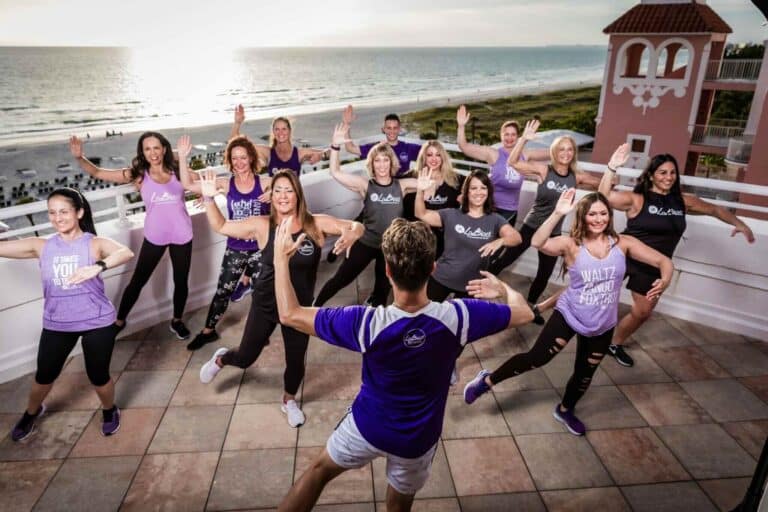
In our 2022 client survey, we asked both consultants and company leaders what, in their opinion, has the greatest impact on engagement in health and wellness programs. Above incentives, targeted campaigns, challenges, and even quality of the content on offer, was leadership involvement.
So why does leadership involvement matter? And what can leaders, and managers and supervisors at all levels, be doing to support your health and wellness initiatives?
The ties between leadership and culture
Culture matters
When planning our health and wellness initiatives, we typically focus on the individuals across our organization – what content will they be offered, what will they do differently, how will they make a change. But what about the broader organizational culture? Well, it turns out that culture makes a huge difference when it comes to the success of a health and wellness initiative.
Leaders drive culture
As it was put in this HBR article: ‘For better and worse, culture and leadership are inextricably linked’. Leaders shape culture, through both their conscious and unconscious actions, and therefore set the tone for how much value is placed on health and wellness by the broader organization. Put another way, they dictate the extent to which an organization has a ‘culture of wellness’.
What is a culture of wellness
A wellness culture is not necessarily one where people eat healthy lunches and always take a walk at breaktime. It is a culture that promotes, prioritizes, and protects health for its employees.
You might think a wellness culture would be hard to define and measure. It is. But that hasn’t stopped researchers. Back in 2010, researchers in Australia identified the term ‘psychosocial safety climate’. This was their measure of the value placed upon health and wellness by an organization. It included 4 components – consider how your organization stacks up. The first aspect is whether your leaders consider wellness to be as important as productivity? Second, do your leaders show support for wellness initiatives through their own personal involvement? Third, is wellness regularly referenced or featured in organizational communications? And lastly, are employees encouraged to become involved in wellness initiatives? As you will notice, all of these drivers of a wellness culture are either directly or indirectly influenced by leaders.
Does wellness culture matter?
Research tells us, yes. In a separate study in 2018, researchers looked at the impact a wellness culture has on health outcomes. In their study they found that when there was little culture of wellness at an organization, higher workplace demands led, quite predictably, to an increase in negative health outcomes. However, when there was a wellness culture, this relationship went away. In other words, even if the demands of your job increase, in a culture of wellness, you’re less likely to feel the strain.
How culture makes a difference
There is a key reason why these cultural components make all the difference to health outcomes. When employee health is promoted, prioritized, and protected by leaders, and therefore others across the organization, employees feel more empowered to take advantage of health boosting resources and support.
What can leaders do
There are several quick and easy things we can encourage and support leaders to do in order to boost engagement in health initiatives, and therefore improve health outcomes across the organization.
- Consider health in decision making – when leaders are setting goals and creating deadlines, they should be considerate of the potential impact on employee health and adjust expectations where possible
- Get involved in health initiatives – leaders can take part in a group class, or kick off a wellness event, to show support for the programming
- Integrate health into communications – whether it is a company newsletter or a townhall, leaders can integrate references to health to highlight its importance
- Accommodate and encourage team members – leaders should be aware that that their actions and comments influence employee’s involvement in health programs, ensure they are accommodating
Ready to improve employee engagement?
Our team at Burnalong are currently working alongside HR leaders, business stakeholders, consultants, and insurance partners as they plan their health and wellness initiatives for 2023.
To learn more about how we can support you and your leadership group to drive a culture of health and wellness, schedule a few moments with our team.
References:
https://hbr.org/2018/01/the-leaders-guide-to-corporate-culture
Hall, G., Dollard, M., & Coward, J. (2010). Psychosocial safety climate: Development of the PSC-12. International Journal of Stress Management, 17, 353–383.
Loh, M., Idris, M. Dollard, M., Isahak, M. (2018) Psychosocial safety climate as a moderator of the moderators: Contextualizing JDR models and emotional demands effects. Journal of Occupational and Organizational psychology. Vol. 91, No. 3, 620-644





